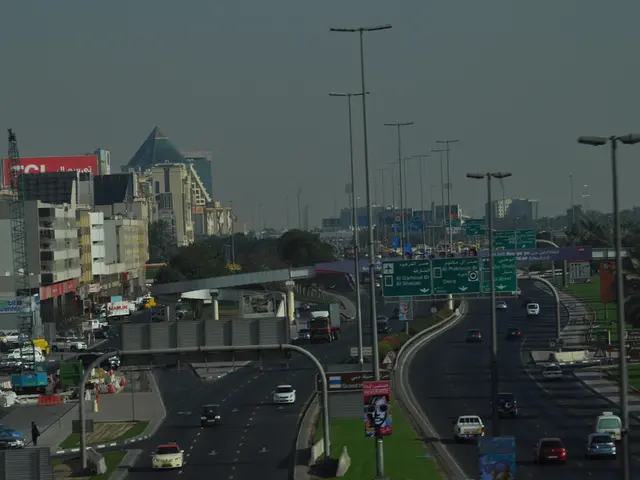Numerous plants have experienced growth due to a partially wet July weather pattern.
After an unusually wet July in 2025, soil moisture levels across Germany have generally improved and returned to normal in many regions, particularly in central Europe including Germany itself. However, some areas in Germany still experience drought conditions at a warning level, though these are limited compared to other parts of Europe.
The German Weather Service maintains a network of soil moisture measurement stations that track water content at various depths and model soil moisture spatially with high resolution (1x1 km). This network enables daily updates and seasonal trend forecasts for soil moisture. After wet July rains, soil moisture has generally normalized in many regions.
However, regional variability persists. While central Germany shows recovery, drought warnings persist in spots within Germany as per the European Drought Observatory. This indicates localized soil moisture deficits could still impact vegetation and agriculture in those areas.
In Brandenburg, one of Germany’s driest states, groundwater recharge has been declining for decades due to rising temperatures, increased solar radiation, and vegetation changes, which reduce soil water availability despite precipitation variability. This points to possible continuing vulnerability in soil moisture despite wet months.
The unusually wet July in many parts of Germany helped plants that were under stress recover. In regions that received a lot of rain, lawns that were withering turned green again within a few days. In areas where it rained a lot, such as east of Berlin in the Brandenburg district of Barnim, some groundwater levels have risen significantly. The buffer in areas where it rained a lot and the soil was well-saturated is large enough that the water supply will last at least until the end of August.
On the other hand, in Schleswig-Holstein, Mecklenburg-Vorpommern, and large parts of Brandenburg, the top 25 centimeters below the soil surface are saturated due to double the usual amount of precipitation. The soils in northeastern Germany are particularly saturated due to the excess rainfall. In Rhineland-Palatinate, Saarland, northern Baden-Württemberg, and southern Bavaria, the top 60 centimeters of the soil are unusually wet for the season.
It's important to note that the long-term damage from previous droughts in Germany cannot be alleviated by the rain. More than 60% of the soil in the European Union is damaged according to the "Soil Atlas" published in 2024 by the Heinrich Böll Foundation and the German Environmental and Nature Conservation Association (BUND).
In the Ruhr area, large parts of Thuringia, and northern Bavaria, the top 60 centimeters were sometimes unusually dry, posing challenges for farmers, especially those growing maize. Below a depth of 10 meters, there was hardly any effect on groundwater levels. It needs at least three very wet months to make the soil up to a depth of two meters sufficiently moist.
Groundwater is usually replenished in the autumn and winter months. Despite the improvement in soil moisture levels, the long-term challenges remain in Brandenburg, where groundwater recharge has been declining for decades. The German Weather Service’s detailed soil moisture monitoring and forecasting help in anticipating these dynamics for agriculture and environmental management.
- The German Weather Service's soil moisture monitoring network has highlighted the need for continued environmental-science research in Brandenburg, as groundwater recharge issues persist due to climate-change impacts.
- In health-and-wellness terms, normalizing soil moisture levels in many German regions post wet July rains can provide a positive impact on vegetation and agriculture, but it does not alleviate the long-term damage from previous droughts as demonstrated by the "Soil Atlas" of 2024.




